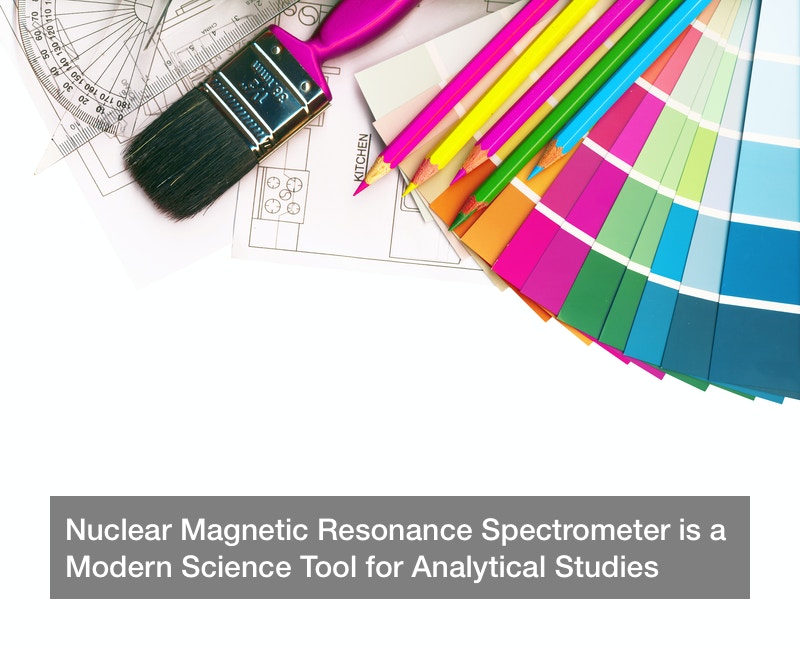Nuclear magnetic resonance (NMR) is one of the top analytical methods, and one of the most useful spectroscopy techniques, in modern chemistry. Since it’s discovery, NMR spectroscopy has largely been used in higher fields conquering permanent magnets and electromagnets. And this is mainly because molecular spectroscopy is a data-rich technique that effectively characterizes nuclei according to type, number of nuclei, and their tracts connections.
When observable nuclei are placed in a higher magnetic field on an NMR spectrometer, it becomes easier to get the specific nucleus details in a better resolution as it has more favorable dispersion. NMR spectrometers range from 60 MHz to 100 MHz when they use permanent or electromagnets. Also, the data efficacy of SNR, signal-to-noise ratio is generally higher.
Components of NMR Spectrometer
Initially, NMR spectrometer only consisted of four parts, but that has changed with the other functional components added to it, namely:
- Sample holder
- Magnetic coils
- Permanent magnet
- Sweep generator
- Radiofrequency transmitter
- Radiofrequency
- RF detector
- Recorder
- Readout system
The rebirth of low-field NMR, however, is understandable and timely because as you move to higher observable nuclei spectrometers the instruments become a bit expensive and logistically a challenge too. Low-field NMR is currently being explored as a routine testing method across multiple industries including construction, energy, and pharmaceutical sectors, but the economic feasibility of it hasn’t endorsed complete adoption.
Welcome the benchtop NMR, which completely revolutionized NMR spectrometer by offering portable, affordable, accessible, and safer spectrometer. However, benchtop nuclear magnetic resonance isn’t a replacement for the advanced and often bulky instruments. Portable NMR is easy-to-use and can be easily integrated into routine analysis using automated systems such as a digital converter or ADC, which is used to convert NMR signal into a format readable and storable in computer memory.
Observable nuclei under the spectrometer comprise of protons and electrons. The protons have a ‘positive charge’ spin that generates a magnetic field — magnetic moment, resembling fields from small bar magnets. Generally, when a small bar magnet is placed near a larger magnet, it aligns itself with the external field against the field.
This applies to protons magnetic field which also has to align to the strong external field. In chemical compounds, protons are shielded with electrons which generate a significant amount of induced magnetic field that repels externally generated fields. However, in molecules, the electrons circulate each nucleus according to the external field, creating a weaker magnetic field at the nucleus.

